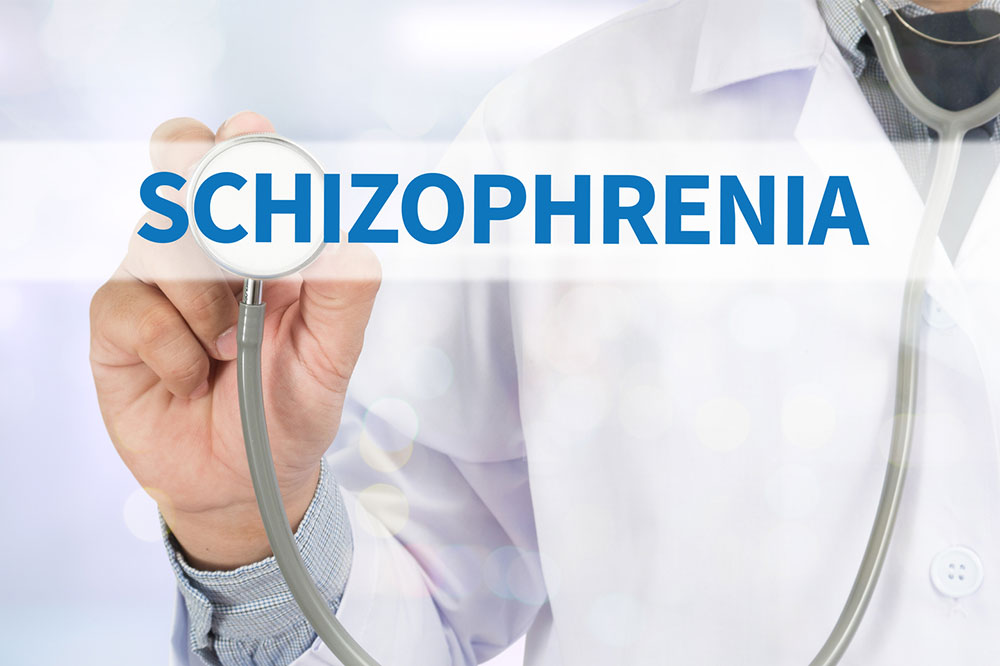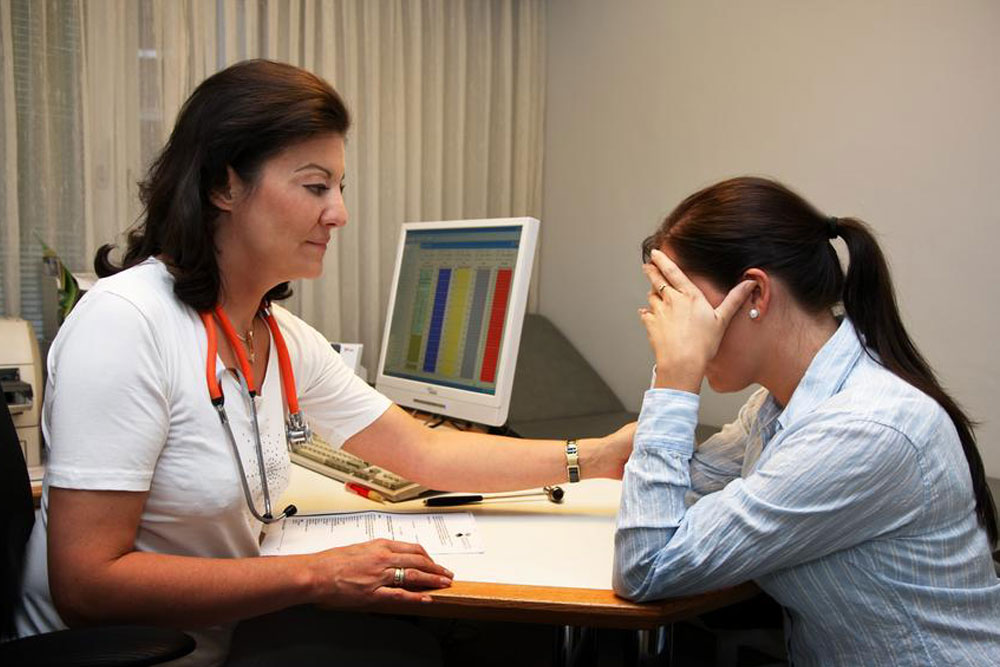Comprehensive Guide to Recognizing the Signs and Symptoms of Delirium
This comprehensive guide explores the critical signs and symptoms of delirium, a severe mental state marked by confusion, hallucinations, and disorientation. Understanding its causes, early detection methods, and treatment options can help caregivers and healthcare providers effectively manage this condition. Recognizing the fluctuating cognitive and emotional symptoms associated with delirium is essential in preventing long-term complications and ensuring timely medical intervention, especially in vulnerable populations like seniors and hospitalized patients.

Delirium is a complex and often alarming mental state characterized by a sudden onset of confusion, disorientation, and fluctuating consciousness. It is a serious condition that can affect individuals of all ages but is particularly common among older adults, especially those who are hospitalized or have underlying health issues. Recognizing the early signs of delirium is essential for prompt medical intervention, which can significantly improve outcomes and prevent severe complications. This detailed guide offers insights into the key symptoms, causes, and the importance of timely diagnosis.
Delirium manifests through a range of cognitive, emotional, and perceptual disturbances. The most prominent feature is a sudden change in cognitive function, including confusion about time, place, and identity. Sufferers often display a reduced ability to focus, sustain attention, or engage in coherent thought processes. They may also exhibit fluctuations in alertness—being hyperactive and agitated at times, then profoundly lethargic or drowsy at others. These fluctuations can occur within hours or days and should not be mistaken for regular mental health issues like depression or dementia.
One of the defining signs of delirium is a disturbance in awareness of the environment. Affected individuals may seem unaware of their surroundings, unable to recognize familiar faces or locations. This disorientation is often accompanied by visual or auditory hallucinations, causing them to see or hear things that are not present. Hallucinations can be frightening for both the individual and their caregivers, and require immediate medical attention to differentiate from psychiatric conditions.
In addition to cognitive issues, delirium often presents with emotional lability. Patients might experience rapid mood swings—shifting from agitation, fear, or paranoia to calmness or apathy in a short span of time. These unpredictable emotions can complicate the caregiving process and may increase the risk of injury due to agitation or confusion. Other behavioral signs include disorganized speech, difficulty following conversations, and acting out of character, such as withdrawing from social interaction or displaying aggressive behaviors.
Perceptual disturbances are also common, notably visual disturbances where individuals see objects, people, or creatures that are not present. These hallucinations are usually temporary but can be very vivid. Physical symptoms such as tremors, increased heart rate, sweating, and fluctuating blood pressure may accompany the mental state abnormalities, especially in cases where delirium is caused by severe infection, metabolic imbalances, or drug effects.
It’s important to note that delirium is not a standalone disease but a symptom of an underlying issue. Common causes include infections (like urinary tract infections or pneumonia), metabolic disturbances, dehydration, medication side effects, or severe illnesses such as liver or kidney failure. In hospitalized older patients, postoperative delirium is a frequent complication, often triggered by anesthesia, pain medications, or prolonged immobility.
Early detection of delirium can dramatically influence treatment success rates. Healthcare providers utilize various assessment tools, including the Confusion Assessment Method (CAM), to identify delirium promptly. Once diagnosed, identifying and treating the underlying cause is paramount. Treatment strategies include correcting metabolic imbalances, managing infections, adjusting medications, and providing supportive care to ensure safety and comfort. Non-pharmacological interventions such as reorientation, maintaining a calm environment, ensuring adequate hydration and nutrition, and involving family support can also help mitigate symptoms.
In the event you observe sudden behavioral changes, hallucinations, or memory lapses in someone, do not ignore these signs. Seek immediate medical assistance. Early recognition and intervention are crucial to prevent the progression of delirium, reduce the risk of long-term cognitive decline, and improve patient outcomes. Healthcare professionals play a vital role in managing this condition effectively through comprehensive assessment and individualized treatment plans.
Overall, understanding the key signs of delirium enables caregivers, families, and healthcare providers to act swiftly, ensuring affected individuals receive the necessary care promptly. With proper medical attention, many patients recover fully or experience significant improvements, emphasizing the importance of awareness and early diagnosis in managing this complex condition.





